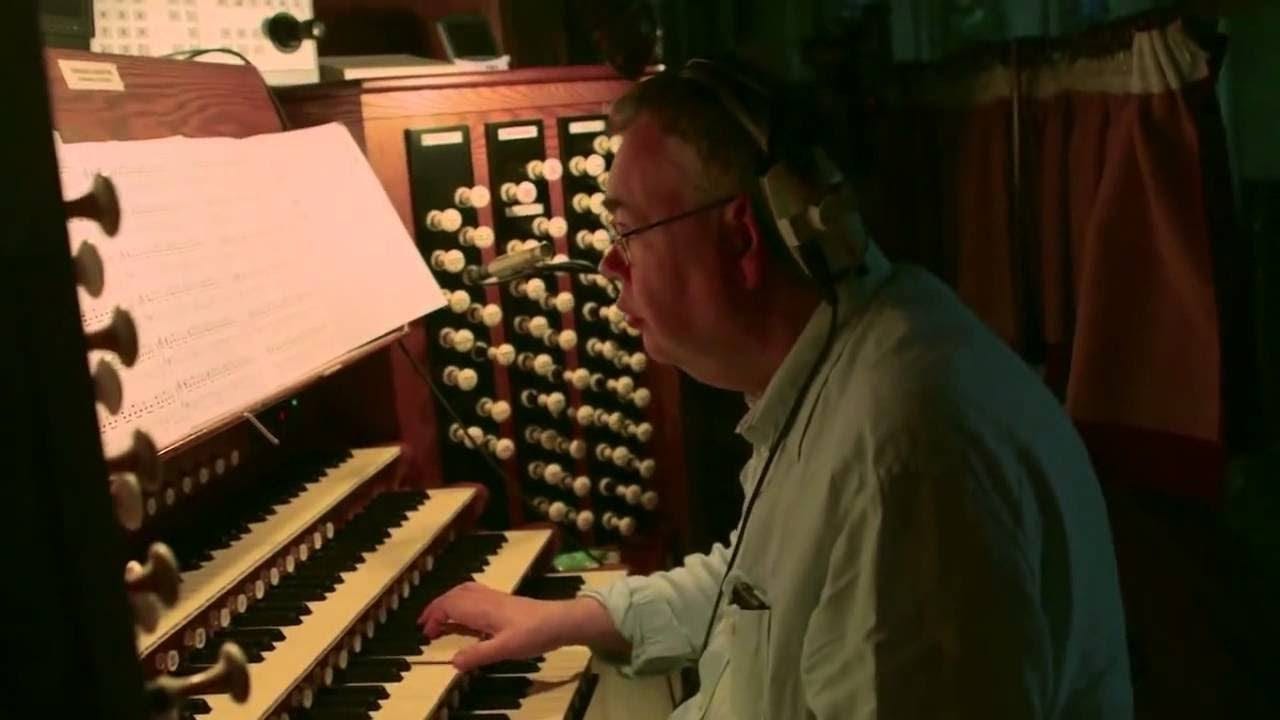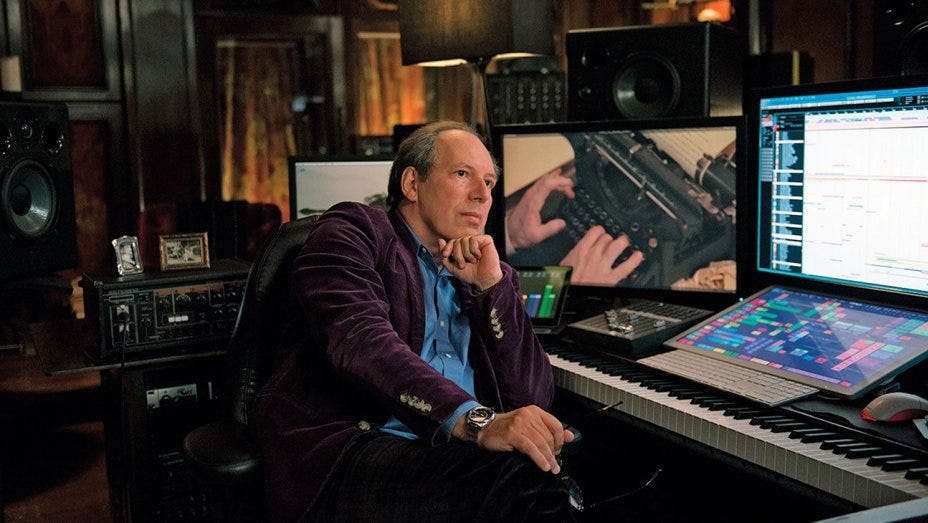"Interstellar" Film and Music Evaluation
Interstellar is far from Nolan’s best, but the film’s emotional draw and technical aspects, particularly via a score from Hans Zimmer, cannot be beat.
Christopher Nolan’s Interstellar tells the story of Cooper (Matthew McConaughey), a former NASA pilot in the mid-21st century, searching for a way to help his family and the human race survive on the slowly-dying Earth. Although hesitant to leave his family, especially his daughter Murph (Jessica Chastain), Cooper is recruited for one final mission to search for a planet capable of sustaining human life.
Taking place in a futuristic world and containing space travel, Interstellar is truly a science fiction film, exploring the concepts of time and space travel. The central conflict in the film is man versus nature in the grandest sense of the word. Cooper and the team of astronauts face the elements of space, wormholes, and harsh climates, including a mountainous icy planet and an ocean planet with waves the size of skyscrapers. The purpose of the film is to remind us of humanity’s perseverance and “never give up” attitude through the lens of the simplest, most powerful relationship - a father attempting to return to his little girl.
Relationships are key in Interstellar, making characters the most important element of the film. Nolan crafted a script intending for audience’s to form a deep, emotional connection to each character, especially the father-daughter relationship dynamic. The plot is fascinating on its own, but the real drama and suspense from the film is due to the amount of care viewers have for Cooper and Murph. That being said, viewers bothered by the occasionally corny dialogue (“Love is the one thing we're capable of perceiving that transcends dimensions of time and space.”) may not care for the characters, and therefore not care for the film as a whole.
The director’s focus is on the emotional effect of the film, which is why it is so important that the audience cares about the main characters. Nolan wants viewers to feel pain as Cooper leaves, sadness as he sees his daughter’s video messages and misses her, and joy each time he comes one step closer to achieving his goal.
Interstellar's strengths lie in its technical aspects. Hans Zimmer’s music is some of the finest work of his career, and the cinematography and visual effects are wonderful, as we’ve come to expect from Nolan films. The film also contains strong, emotional performances from Matthew McConaughey and Jessica Chastain, but suffers from an overly-dramatic performance from Anne Hathaway. Certain lines of dialogue may have been poorly written, but her performance takes them over the top. The long runtime (nearly 3 hours) may affect some viewers and occasionally seems slow, but in the end, the visuals are well-worth extended looks.
Music in Interstellar
Hans Zimmer wrote the score for Interstellar completely on his own, making it his first film without ghostwriters or orchestrators ("team" composition is a common trend not only for Zimmer, but for any composer). Given this unique situation, Zimmer’s trademarks are easy to identify, often in their rawest form. One of the main themes in Interstellar is a four note ostinato, mainly on piano. As the intensity builds onscreen, strings and a pipe organ are added to increase the sense of drama.
Although light on synthesizers for the most part, Zimmer is known for either a) creating instruments for a score, or b) using an instrument rarely used in film scores. In this instance, he chose to do the latter, using a four-manual Harrison & Harrison organ as the primary instrument for much of the score. This, combined with the strange combination of 34 strings, 24 woodwinds, and 60 choir singers, made for a film score unlike any other.

Zimmer’s loud “burst” of sound gets quite the chance to shine in this film, perhaps more than some people would have liked. A hot topic upon the film’s release were the countless tweets saying his bursts of sound and music overpowered the dialogue, and in San Francisco even broke the speakers in an Imax theater. While this may seem excessive or unnecessary, Zimmer and Nolan have both stated their goal for the film was to make the music a main character, “speaking” in a sense more powerfully than even the actors could.
The score’s weakness is in its repetitive cues. The music is clearly built around three pieces, “Day One,” “Stay,” and “Day One Dark.” Nearly any cue found in the film is based on one of these three, with hardly any variance. While a certain degree of familiarity is good to make audiences connect the music to the events onscreen, it was clear that very little change had been made and oftentimes cues even appeared to be copied from one scene to another.
The strength of Zimmer’s film score is its unique nature. Listeners have surely never heard this combination of instruments, especially not a prominently featured organ (other than in a parody horror film). Zimmer alters the sound of the traditional instruments and uses pop chord progressions to make the music more relevant to a modern film. Though controversial, as a music lover, I greatly appreciated Nolan’s choice to elevate music to the same level as a character. It conveyed emotion in a way that dialogue is often incapable of. As the old adage goes, “Where words fail, music speaks.”

Closing Thoughts
Interstellar is far from Nolan’s best, and contains some of the spottiest writing in any of his films, but the film’s technical aspects cannot be beat, and the sentiment behind the father-daughter storyline is still touching. Although it can be a long film to sit through, the music and visuals still make for a wonderful experience. I give Interstellar four out of five stars.



